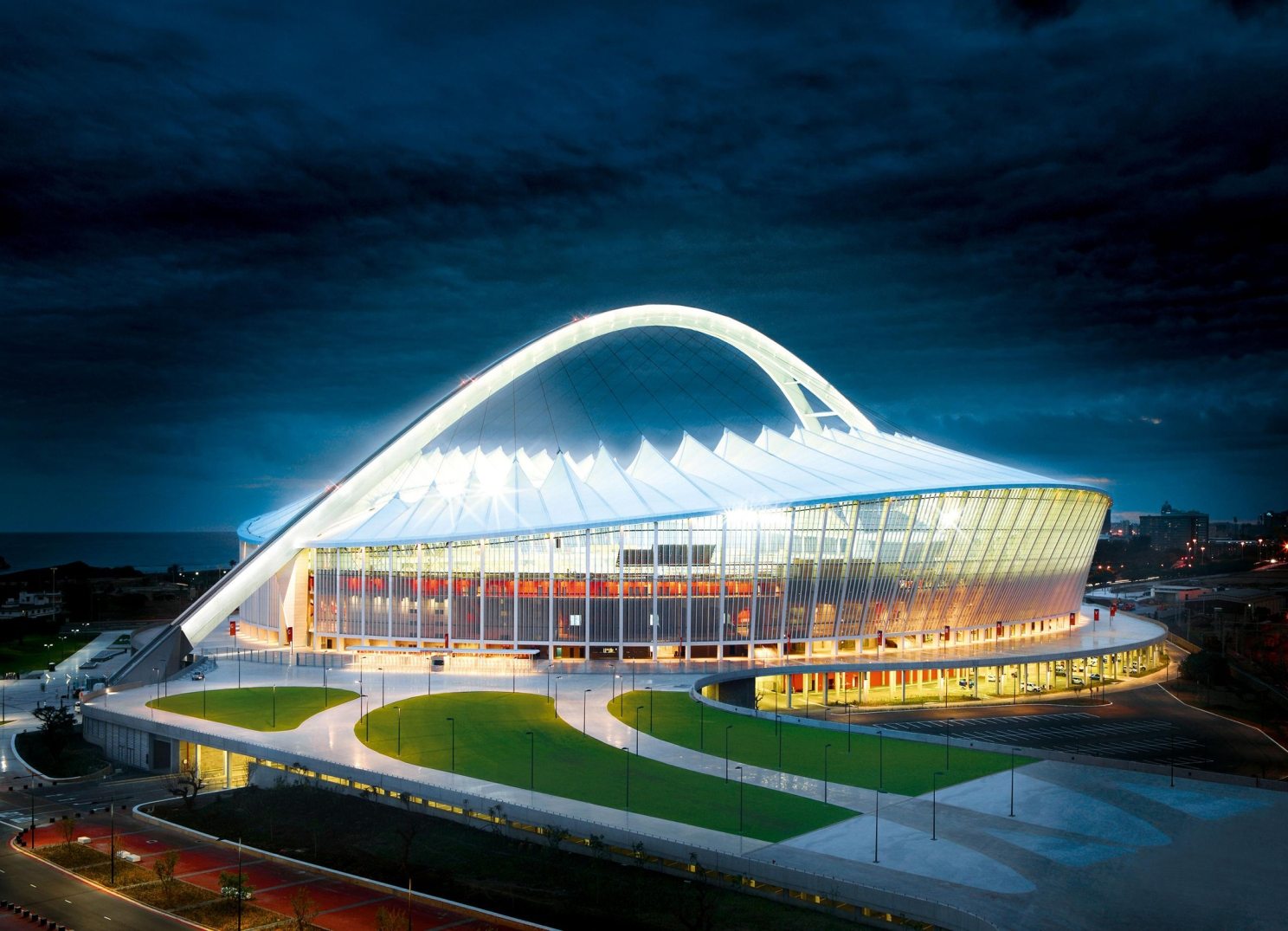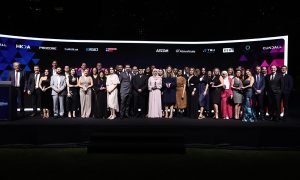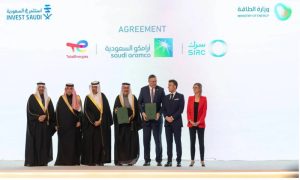“Over-design a common mistake in the region”
In conversation with Siddharth Mathur, design director, Studio Lumen

Born in 1979, Siddharth Mathur received a degree in architecture from SGU Surat, India. After a brief stint as a freelance architect in India, Mathur decided to specialise in lighting and took a Masters at the University of Sydney, Australia.
He subsequently worked as a lighting designer in Dubai for three years before joining Studio Lumen. In addition to his professional duties, Mathur is a visiting faculty member at various interior design schools in Dubai and acts as an external reviewer of student work.
How did you get into lighting design?
While I was studying architecture, as an intern, I had the privilege of working at an architecture firm which specialised in daylighting. The practice’s built spaces had a major emphasis on bringing daylight into the buildings, and this made me realise the importance of light within the built environment. As a student, I could not help but ask the question, ‘what happens at night?’ I was told that the artificial lighting was left up to the electrical engineers to design, without much creative input. This made me realise there was immense opportunity to enhance night-time perception by thoughtful lighting design, and it was the spark that led me to study further into the subject and become a professional lighting designer.
What are your main responsibilities for Studio Lumen?
I joined Studio Lumen in 2007 and have been involved with most of the projects that we have undertaken, ever since I have been here. My primary responsibility is to drive the overall design direction of the studio. I have a strong team that supports me and we strive to achieve excellence in lighting design.
What are the common mistakes related to lighting design in this region?
In my opinion, the most common mistake in lighting design in this region is over-design. It is not uncommon to see spaces that have just too much lighting, with absolutely no thought given to factors like contrast, balance, etc. This obviously results in an increased use of energy and overall light pollution. In lighting, ‘less is more’, but that does not seem to be followed in this region. While the general perception of lighting is changing very quickly in the Middle East, there is still a lot of work to be done in terms of educating the end users.
What are the common misconceptions about lighting designers within the construction industry?
Most people within the construction industry find it very difficult to believe that lighting designers can be unbiased when it comes to suppliers and manufacturers.
So you don’t have key alliances with certain lighting suppliers?
Correct. We work in the best interest of the client, and give them neutral advice on their lighting needs. It is much like a doctor that prescribes medicine, but does not tell you which pharmacy to buy it from.
Are there any interesting trends in lighting design at the moment?
The development of LED as a light source has been the single biggest influence on lighting design in the last five years or so. With the recent innovations, the size of the lighting equipment has become smaller with a much higher light output than previously witnessed. Also, the integration of pixel screens and video meshes within the built environment is a very interesting development. Both these trends have influenced the work of most lighting designers around the world, thus creating a very bright future for the profession.
This feature first appeared in the June 2014 issue of Middle East Consultant. Read the full feature here.

























